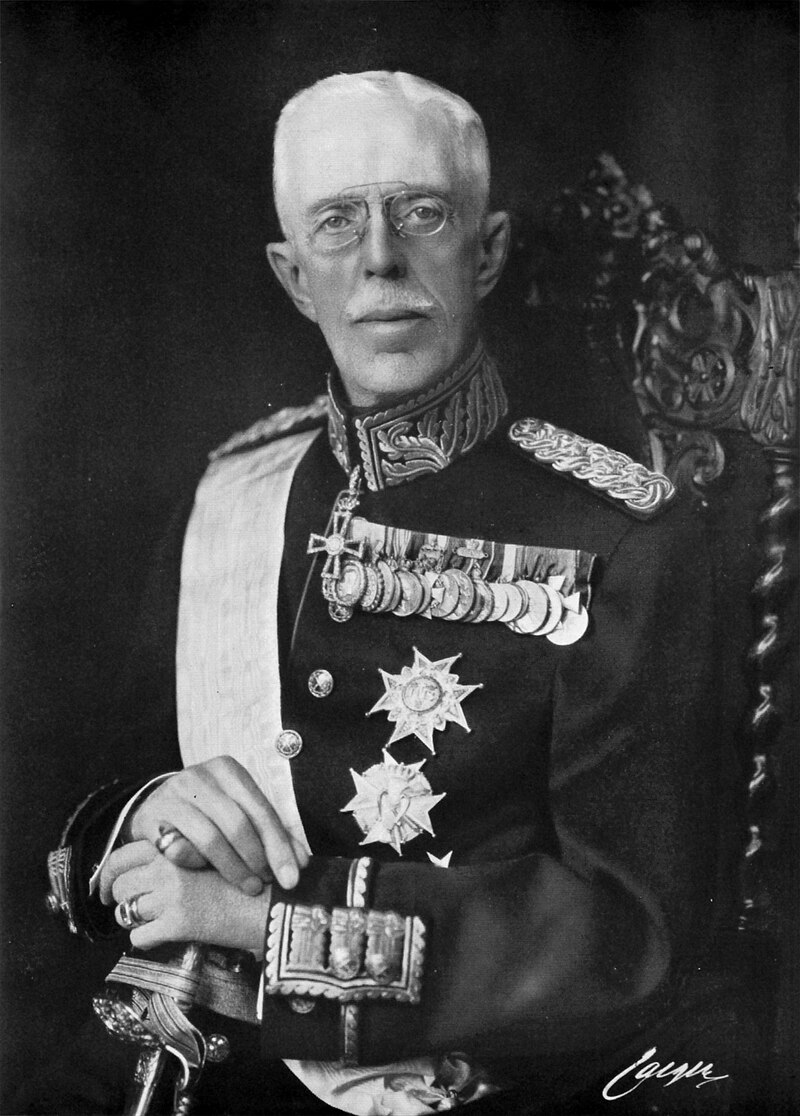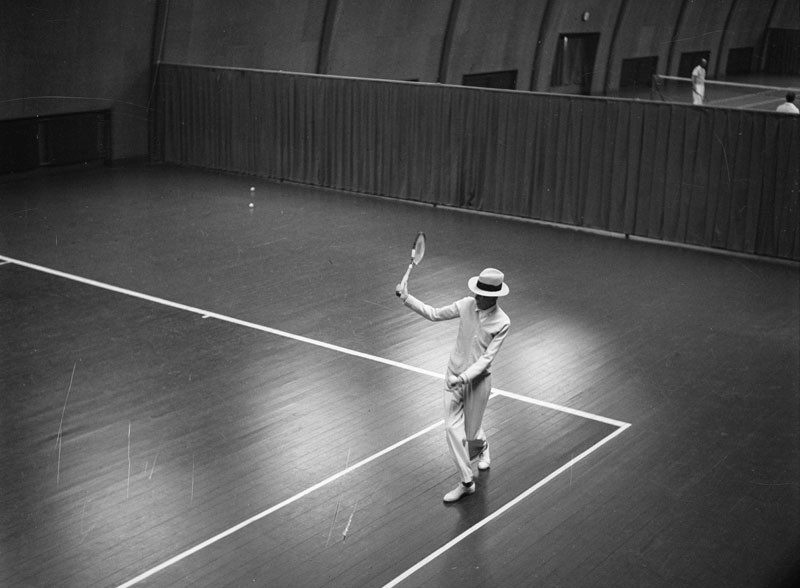by Scott Mehl © Unofficial Royalty 2015

King Gustaf V of Sweden – source: Wikipedia
King Gustaf V of Sweden was born Prince Oscar Gustaf Adolf of Sweden and Norway on June 16, 1858, at Drottningholm Palace in Drottningholm, Sweden. He was the eldest of four sons of King Oscar II of Sweden and Norway and Sophia of Nassau. Born during the reign of his grandfather, King Oscar I, he was created Duke of Värmland at birth.
Gustaf had three younger brothers:
- Prince Oscar, Duke of Gotland (1859 – 1953) – later Count Bernadotte af Wisborg, married Ebba Munck af Fulkila, had issue
- Prince Carl, Duke of Västergötland (1861 – 1951) – married Princess Ingeborg of Denmark, had issue, including Princess Märtha, who married King Olav V of Norway, and Princess Astrid, who married King Leopold III of Belgium
- Prince Eugén, Duke of Närke (1865 – 1947) – unmarried
In 1869, Gustaf began attending the Beskow School in Stockholm. However, when he became Crown Prince of Sweden and Norway upon his father’s accession in 1872, his education continued privately at the Royal Palace. He served with the Life Guards and several other regiments before enrolling at the University of Uppsala in 1877, where he studied Latin, economics, Nordic history, art history, procedural law, and political science. In addition, he undertook military training with units in both Sweden and Norway as well as the War College. Over the next 21 years, he continued to progress in rank, eventually becoming a General in 1898.

King Gustaf V playing tennis, 1942. source: Wikipedia
On a trip to England in 1878, Gustaf learned to play tennis, which would become a lifelong passion. Upon returning home, he founded Sweden’s first tennis club and promoted the sport in Sweden. He played privately and competitively, usually under a pseudonym, for much of his adult life. In his 80s, he stopped playing because his eyesight was failing. In the 1930s, Gustaf established the King’s Cup, a team tennis competition within Europe (similar to the Davis Cup, which is international), which was held for nearly 50 years. For his efforts in promoting tennis within Sweden and throughout Europe, King Gustaf was posthumously inducted into the International Tennis Hall of Fame in 1980. To date, he is the only royal inductee.

Gustav and Victoria of Baden, 1881; Credit – Wikipedia
On September 20, 1881, Gustaf married Princess Viktoria of Baden, the daughter of Grand Duke Friedrich I of Baden and Princess Luise of Prussia. As Viktoria was a great-granddaughter of King Gustaf IV Adolf of Sweden, the marriage joined the current Bernadotte dynasty with the former ruling House of Holstein-Gottorp.
The couple had three children:
- King Gustaf VI Adolf (1882-1973) – married (1) Princess Margaret of Connaught, had five children; (2) Lady Louise Mountbatten, had one stillborn daughter
- Prince Wilhelm, Duke of Södermanland (1884-1965) – married Grand Duchess Maria Pavlovna of Russia (divorced), had one son
- Prince Erik, Duke of Västmanland (1889-1918) – unmarried
On December 8, 1907, Gustaf became King of Sweden upon his father’s death. The union with Norway had ended two years earlier, so he was not King of Norway. In a break with a tradition going back nearly 700 years, Gustaf V chose not to have a formal coronation.
Gustaf’s reign saw the rise of parliamentary rule and the establishment of a government that stripped the monarchy of its power, although this would not formally change until the 1974 Constitution. During World War I, while Sweden remained neutral, Gustaf faced criticism due to the perceived German sympathies of Gustaf’s wife. Gustaf joined with his Norwegian and Danish counterparts to show their unity and resolve to remain neutral. This neutrality benefited Sweden greatly due to increased trade during the war.
During World War II, Sweden again remained neutral. King Gustaf tried to appeal to Adolf Hitler to end his anti-Jewish policies, but also thanked him for invading Russia. In June 1941, Gustaf threatened to abdicate if the Swedish government did not allow Germany to move troops through Sweden into Finland. It is believed that this was to appease Germany and avoid conflict within Sweden. The whole situation became known as the Midsummer Crisis of 1941. In contrast, King Gustaf also tried to help the Allies. He wanted to allow Allies forces to pass through Sweden, but this time the government refused out of fear of offending the Nazi regime.

Tombs of King Gustaf V and Queen Victoria; Photo Credit: © Susan Flantzer
In 1948, King Gustaf celebrated his 90th birthday, but his health soon declined. Already spending the spring months on the French Riviera, he began to have the Crown Prince represent him at official functions. He made his last official appearance at a Cabinet meeting held on October 27, 1950. Two days later, as a result of complications from influenza, King Gustaf V died at Drottningholm Palace. He is buried at the Riddarholmen Church in Stockholm, Sweden.
This article is the intellectual property of Unofficial Royalty and is NOT TO BE COPIED, EDITED, OR POSTED IN ANY FORM ON ANOTHER WEBSITE under any circumstances. It is permissible to use a link that directs to Unofficial Royalty.
Kingdom of Sweden Resources at Unofficial Royalty
